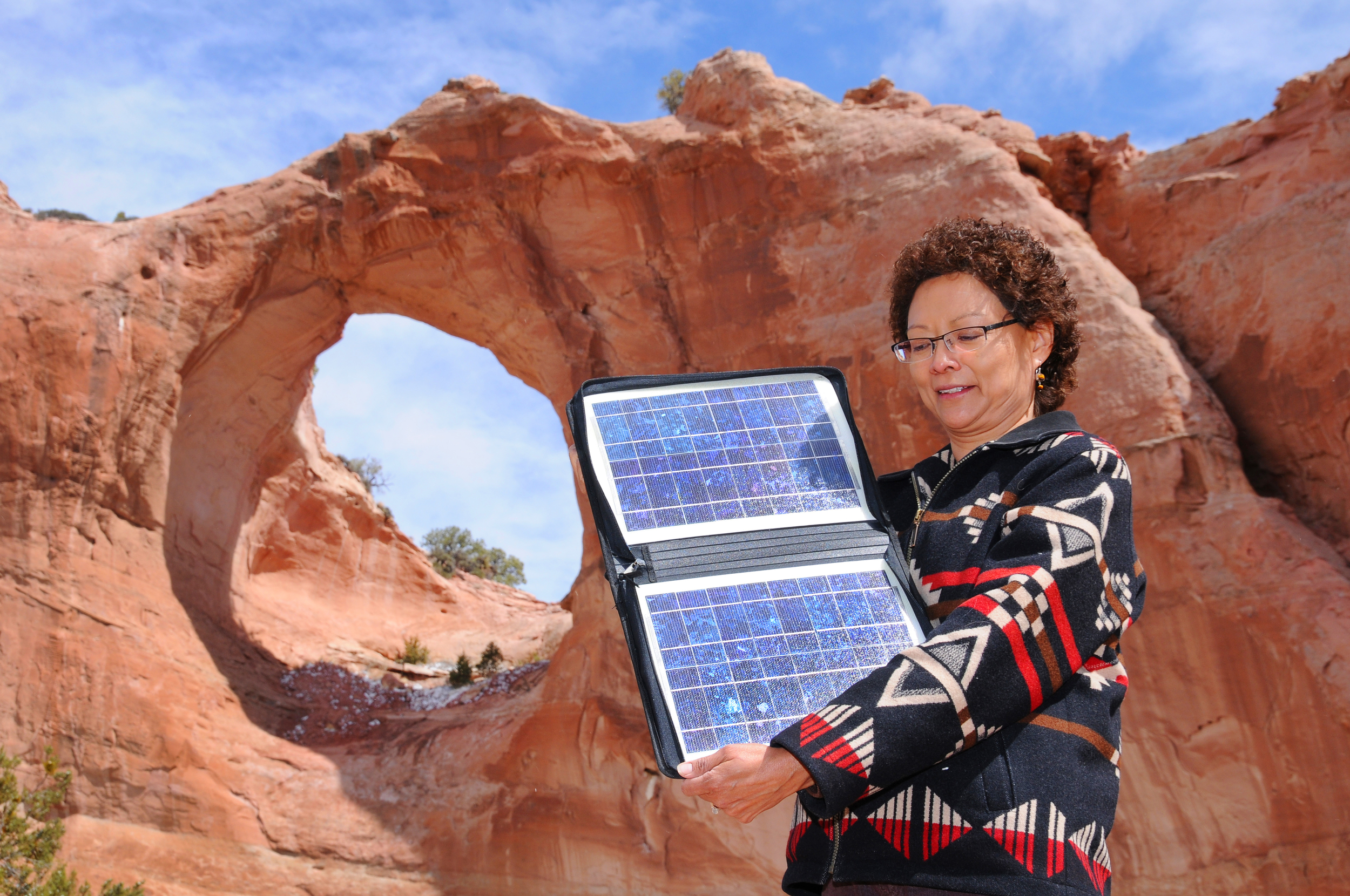Here Comes the Sun
/As a transplant from gray-skied Seattle, I might never get over how sun-drenched things are here in Albuquerque. With over 320 days of clear skies overhead every year, New Mexico is officially one of the sunniest states in the union, a distinction it owes both to its southerly latitude and its dry desert atmosphere.
That’s pure gold streaming in from above, not just for our moods but for the state’s energy sector. While I’m slipping on sunglasses to block out the glare, many New Mexicans are installing solar panels to soak in all the rays they can get.
Economically speaking, the demand for the relevant technology adds up to 98 solar companies and 1,600 workers statewide; environmentally speaking, as of the end of 2015 New Mexico has enough solar-power infrastructure to provide sustainably-generated electricity to 82,000 households.
Say “solar energy” and most people conjure images of slick blue plates affixed to rooftops, but photovoltaic cells are only half the story. There’s more than one way to capture the sun’s energy, and Sandia National Laboratories are working to harness more and more of it, more and more efficiently. Two of their seventeen facilities are dedicated entirely to researching the sun’s rays, and one is the only facility of its kind in the country: the National Solar Thermal Test Facility.
National Solar Thermal Test Facility (NSTTF)
Let’s start with the most intuitive system: Concentrating Solar Power (CSP). Light is converted to heat, and heat drives electrical generators.
Step one? Collect up a large area of sunlight and concentrate it on a single target. Sandia Labs accomplishes this with an 8-acre field of more than 200 mirrors called heliostats, each with a reflective area of 398 square feet and a reflectivity of up to 96%. Add a couple of motors and drives per mirror and together they can redirect light from a whole expanse of desert onto a single tower.
That tower is 250 feet of concrete, 50 of which extend underground as a foundation. It also contains a couple cooling systems—just in case. After all, when the mirrors are engaged on a bright day they direct a full 5 megawatts of solar thermal power to the top of the tower. The setup serves as a testing facility, not a commercial power generator, but if it were converted it would generate 1 megawatt of electricity and serve about 500 households.
You might wonder why sunlight’s strength is measured in watts (a unit of power) instead of degrees Celsius, Fahrenheit, or Kelvin (units of temperature). As the Sandia Labs FAQ notes, “The temperature of an object placed in a solar beam is determined by how much heat it absorbs, which depends on the optical surface properties, and how much heat it loses, which depends on environmental conditions such as ambient temperature and wind speed.” In other words, measuring temperature wouldn’t reveal the light’s concentration so much as it would tell us about the nature of the object on which it’s shining.
A better way to understand the amount of light redirected by the mirrors is its concentration relative to unaltered light. If a typical patch of ground gets 1 sun’s worth of light, then the heliostat field’s maximum concentration is (drumroll please…) 400 suns. Whew! Time to put my sunglasses back on.
Oh, and in case you were wondering, that FAQ covers this question too:
Can the solar beam be used as a “star wars” weapon?
No. It is not possible to target on fast moving objects and impractical to focus the sun at very long ranges that change. Even if we could overcome these technical difficulties, we would have only a “fair weather” weapon that could operate only when the sun shines.
Photovoltaic Systems Evaluation Laboratory (PSEL)
What about photovoltaic cells, the big blue plates more commonly associated with solar power? Check back soon for a second installment on solar energy in New Mexico—and until then, stay sunny.
This post was brought to you by the Solar Energy Industries Association, the Sandia National Laboratories, and a decent dose of high-SPF sunscreen.




